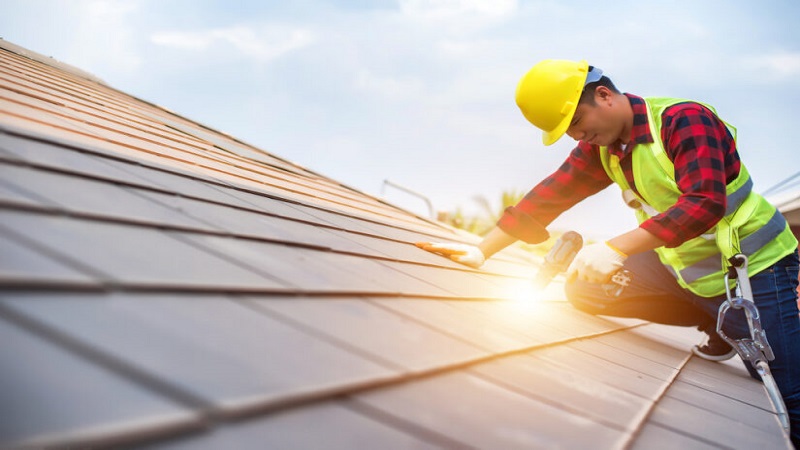A sturdy roof is fundamental to safeguarding your home against the elements and maintaining energy efficiency. Eventually, even the best-built roofs will reach the end of their lifespan. Delaying a replacement could result in more extensive damage and expensive repairs. To help you understand when it’s time to act, here are 10 detailed signs indicating that a roof replacement is due.
1. Age of the Roof
The age of your roof is a critical factor in determining when it needs replacement. Most roofs have a lifespan of 20-30 years depending on materials, climate, and maintenance. If your roof is older than this range, it’s advisable to schedule an inspection. Even if the roof appears fine on the surface, internal wear and tear over the years can weaken the structure, leaving it vulnerable to further damage.
2. Visible Shingle Damage
Shingles protect the roof structure by forming a waterproof barrier. When they become damaged, cracked, curled, or missing altogether, the roof’s ability to protect your home diminishes significantly. Curling usually happens due to weather exposure or poor ventilation, while cracks and breaks are often caused by impact from debris or ice. If a significant portion of your roof shows these signs, patch repairs won’t cut it, and a full replacement will be more effective.
3. Granule Loss
Asphalt shingles are coated with granules, which act as a UV-protective layer and improve durability. You can identify granule loss by checking gutters or downspouts for sediment or gravel-like particles. Granule loss often signifies shingles that are past their prime, reducing their waterproofing and weather resistance capabilities. If you notice smooth patches on shingles, the protective granule layer has worn down, exposing the vulnerable asphalt layer.
4. Leaks and Water Damage
Water stains on ceilings and walls, damp insulation, or visible attic leaks could indicate roof deterioration. Water damage is often a cumulative issue, meaning small leaks can go unnoticed until they cause substantial harm. While individual leaks can be fixed, if you notice widespread water intrusion, it’s likely time to consider a new roof.
5. Sagging Roof Deck
A sagging roof deck usually points to significant structural problems due to water damage, insufficient support, or deteriorating materials. If you notice a dip in the roofline or feel soft spots when walking on the roof, immediate action is required to prevent catastrophic failure. Delaying replacement could risk internal structural collapse.
6. Mold or Moss Growth
Moss and mold might look like superficial plant growth, but they’re typically indicative of underlying issues such as inadequate drainage or poor ventilation. Mold and moss thrive in moist environments, and their roots can penetrate roofing materials, causing them to deteriorate. This accelerates the breakdown of shingles and reduces the roof’s overall integrity.
7. Sunlight Through the Attic
If you see daylight peeking through your attic, your roof has gaps or holes that should be sealed. Even small openings are pathways for moisture, drafts, and pests to infiltrate your home. Such visible gaps point to advanced deterioration of roofing materials that need urgent attention through a replacement.
8. High Energy Bills
An older or poorly maintained roof often contributes to poor insulation. This forces your HVAC system to work overtime to compensate for the loss of heating or cooling. If you observe a spike in your energy bills without any lifestyle changes, your roof’s deteriorated condition might be the cause.
9. Damaged Flashing
Flashing acts as a sealant for vulnerable seams around chimneys, skylights, and vents. Older flashing made of cement or tar is particularly prone to cracking and breaking down, allowing water to seep into the seams. Modern metal flashing is more resilient and can better protect these critical areas.
10. Increased Maintenance Costs
Frequent repairs to patch leaks or replace shingles add up over time. If your roof requires multiple repairs every year, it may be more economical to invest in a new roof rather than continuously patching the old one. A comprehensive replacement provides a long-term solution and peace of mind.
Conclusion
Detecting these signs early can help you avoid more severe damage and costly repairs. If your roof is exhibiting multiple signs of deterioration, consult a roofing professional for a detailed assessment. A new roof will not only protect your investment but also enhance the safety, value, and energy efficiency of your home.
